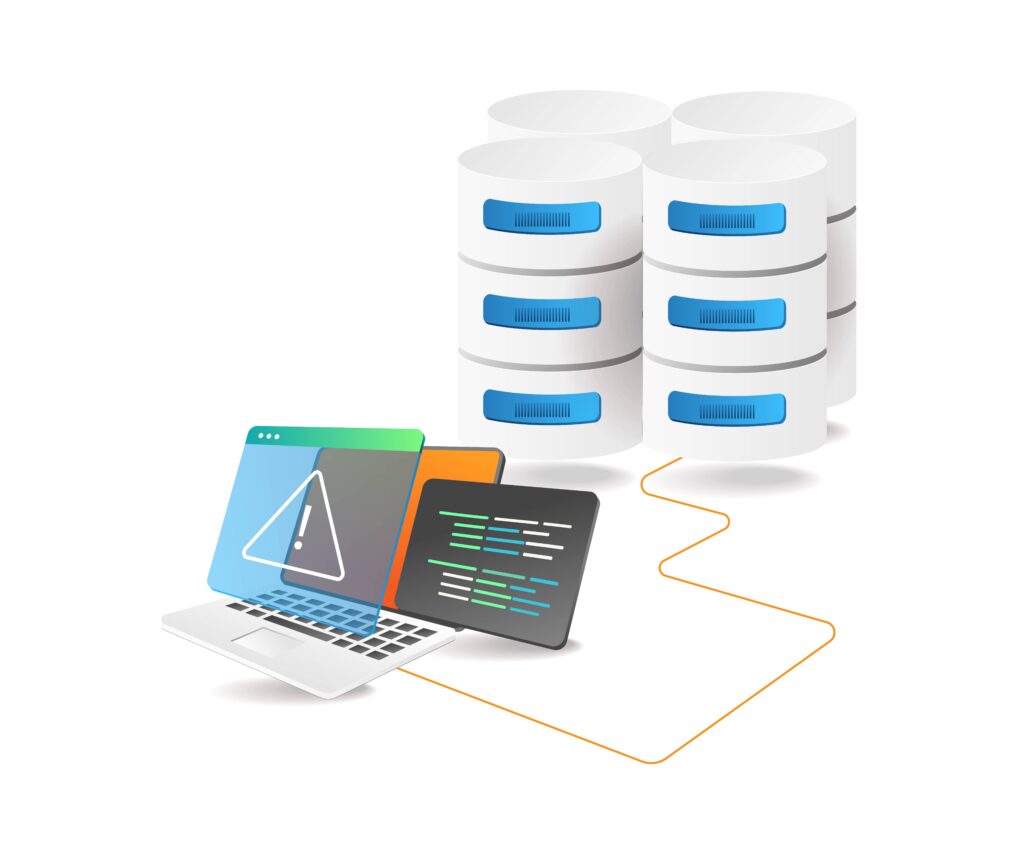The Rise of MERN Stack: Why It’s a Game Changer for Developers

In recent years, the MERN stack (MongoDB, Express.js, React.js, Node.js) has moved from being one popular tech stack among many to a powerhouse that many developers and companies rely on. As we go further into 2025, its importance is only growing. If you’re a developer, thinking of full-stack, or planning your learning roadmap, here’s why mastering MERN can give you a strong edge — and how it’s transforming web development.
What is MERN Stack?
Before diving into why it’s rising so fast, let’s briefly recap what MERN includes:
MongoDB: NoSQL document-based database
Express.js: Lightweight back-end framework for Node.js to manage routing, middleware, APIs etc.
React.js: Popular frontend library for building user interfaces, especially Single Page Applications (SPAs), component-based UI, virtual DOM etc.
Node.js: JavaScript runtime on server side, non-blocking I/O, event-driven etc.
What makes MERN special is that everything can be written in JavaScript, from front-end to back-end to database (JSON-based data) which helps reduce friction in development.
Key Drivers Behind MERN Stack’s Popularity in 2025
Here are the major reasons why MERN is becoming even more attractive now:
Unified Language Across the Stack
Using JavaScript / TypeScript everywhere (frontend, backend, DB interactions) reduces context switching, speeds up development, and simplifies hiring. Teams can share skills and re-use knowledge.Faster / Agile Development & Prototyping
React’s component-based UI, Express/Node for quick APIs, and MongoDB’s schema flexibility allow rapid iteration and prototyping. Ideal for startups, MVPs, and projects where requirements may evolve.High Performance & Scalability
Node.js’s non-blocking, event-driven architecture handles many concurrent requests efficiently.
MongoDB supports horizontal scaling (sharding / replication) for large data loads.
React’s virtual DOM, code splitting, etc., help with frontend performance.
Real-Time & Interactive Applications
For features like live chat, notifications, dashboards, collaborative tools, etc., MERN is well-suited thanks to Node.js + WebSocket libraries. React updates the UI responsively when data changes.Strong Ecosystem & Community Support
All components in MERN are open-source. There are ample libraries, tutorials, boilerplates, templates, and active developer communities. This helps new learners, enables faster troubleshooting, and continuous improvement.Cost Efficiency
Licensing costs are virtually zero.
Fewer distinct specialist roles needed: one developer (or a lean team) can cover a lot.
Faster development means less time and resources spent before product goes live.
Modern Trends & Adaptability
Shift toward TypeScript-first MERN projects for better type safety & maintainability.
Cloud & serverless deployment models. Edge computing, global clusters (for MongoDB), fast rendering.
GraphQL also being adopted in many MERN applications instead of or alongside REST.
Use Cases: Where MERN Fits Best
Here are types of applications/projects that benefit greatly from MERN:
Single Page Applications (SPAs) with dynamic user interaction
Dashboards, admin panels, internal tools
Real-time apps: chats, notifications, live data feeds
E-commerce sites, small-medium business portals
MVPs / startup apps, where speed to market is important
SaaS applications where you may need to scale or iterate fast
Challenges to Be Aware Of
Nothing is perfect. MERN also brings its own set of trade-offs; knowing these helps you plan better.
For SEO-dependent sites, server-side rendering (SSR) might be needed, which React alone doesn’t always provide out of the box. Tools like Next.js can help.
For CPU-intensive tasks (e.g. image processing, heavy computation), Node.js’s single thread model may be limiting. You might need to offload work or use microservices or workers.
Managing complex application state and architecture becomes harder as projects scale larger. Without proper structure, code can get hard to maintain.
Ensuring security, performance, and good practices (error handling, validations) is crucial.
MERN in India / Job Market Insights
The demand for MERN stack developers in Indian cities like Pune, Mumbai, Bangalore, etc., is high. Startups & product companies prefer full-stack developers who can work across frontend & backend.
Salaries for MERN developers in India vary based on experience. Freshers can expect around ₹3-7 lakhs per annum depending on location and project exposure; more experienced developers can earn substantially more.
Projects with MERN tend to be cost-efficient for companies, enabling more hiring. So opportunities are growing.
How to Master MERN Stack in 2025
If you want to make the most of this trend and build a strong MERN skillset, here’s a roadmap / tips:
Solid Foundation in JavaScript / TypeScript
Understand asynchronous JS, event loop, callbacks/promises/async-await. Learn TypeScript early for better maintainability in larger codebases.Frontend Skills with React
Components, state management (Context, Redux etc.), routing, hooks, performance optimizations, maybe Next.js/SSR/SSG.Backend with Node.js & Express
Building REST APIs, handling middlewares, authentication/authorization, logging, error handling etc.Database with MongoDB
Schema design, indexing, replication/sharding, aggregation framework etc.Real-World Projects
Build full projects (e.g. e-commerce, chat app, dashboard) to connect pieces: frontend, backend, DB, deployment.Deployment / DevOps Basics
Docker, version control (Git), CI/CD pipelines, hosting on cloud (AWS/GCP/Azure), possibly serverless functions.Security & Performance
Input validation, secure authentication, performance profiling, caching, optimizing frontend bundles etc.Keep Updated with Trends
GraphQL, TypeScript, serverless, edge computing, integrating AI tools, use of React server components, etc.
Conclusion: Why MERN is a Game Changer
MERN isn’t just another tech stack. It combines developer productivity, performance, scalability, cost-effectiveness, and community support in a package that fits very well with how modern web applications are built.
For developers, mastering MERN means being able to build full applications end-to-end, adapt quickly, and stay relevant in a fast-changing landscape. For companies, it means faster iteration, lower overhead, and more flexibility.
